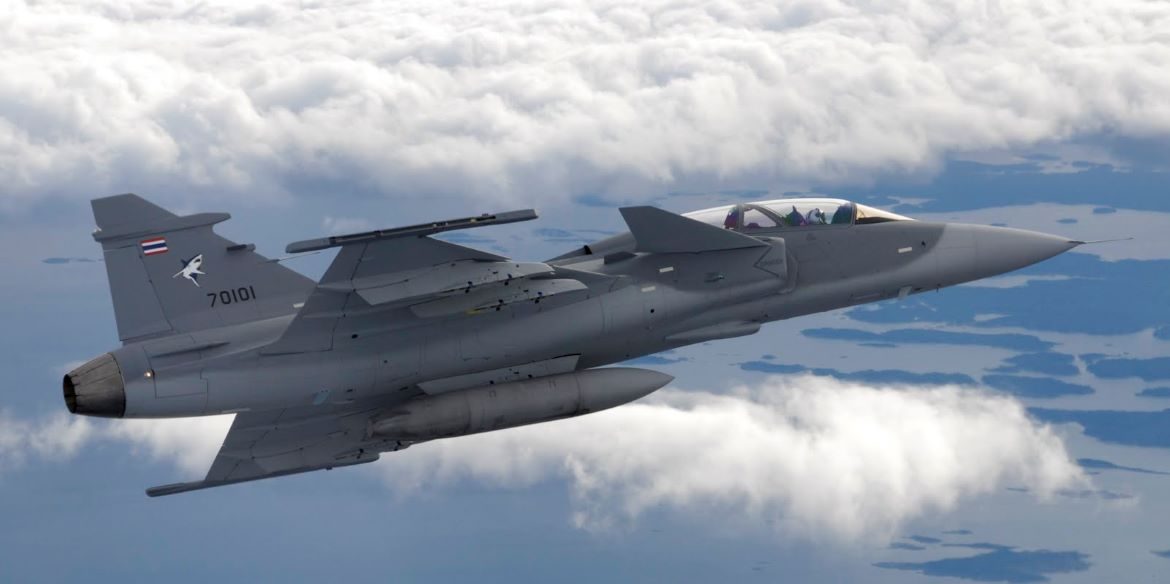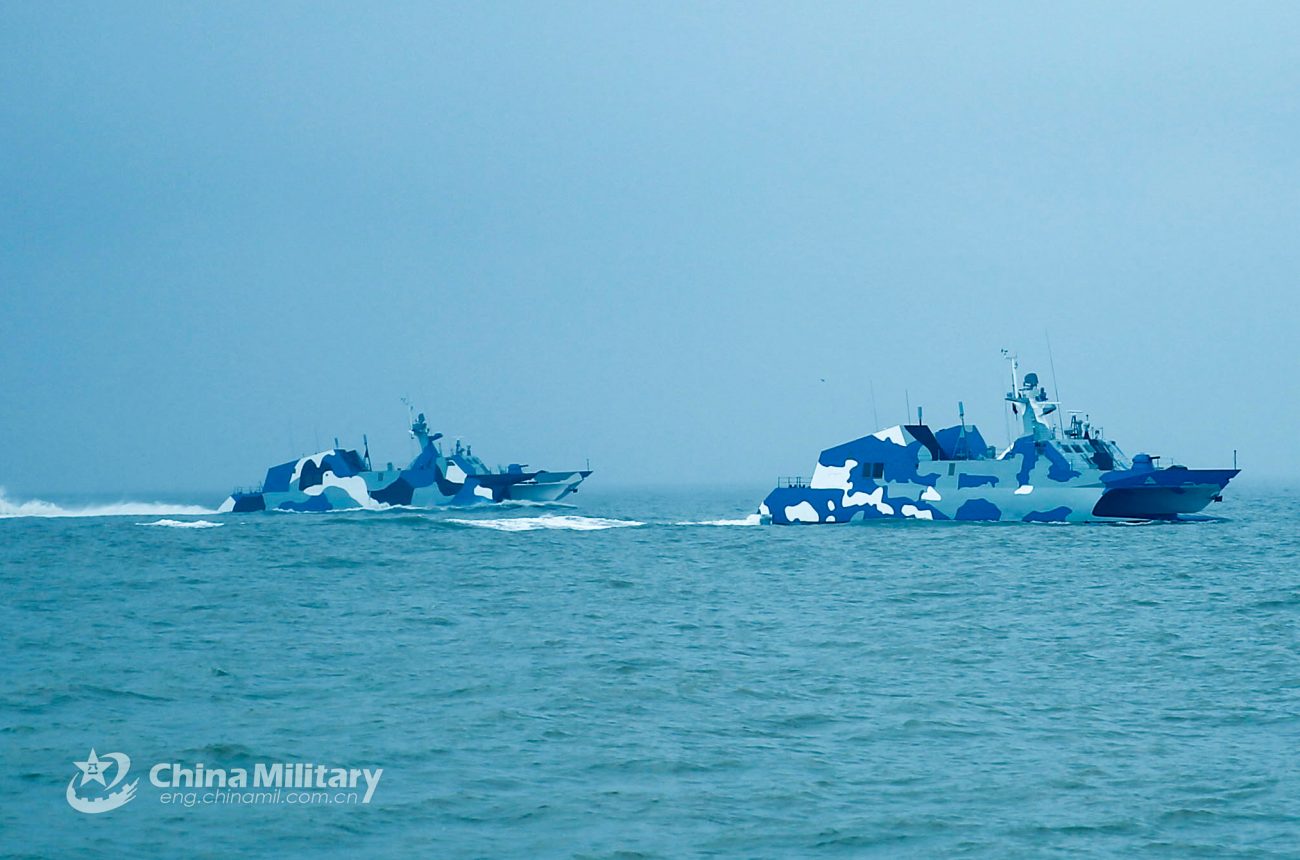The ambiguity surrounding the F-35 sale to Thailand appears to be fading, with reports that the US Air Force will dispatch an inspection team to evaluate the Royal Thai Air Force’s (RTAF) capability to operate and maintain a new generation of fighter jets.
China’s Crashed Fighter Plane Unearths ‘Key Secrets’; Are PLAAF Pilots Getting Trained By Russian Instructors?
The team will examine the RTAF’s resources as part of its evaluation to see if it has the competence to back up its planned acquisition of F35 combat jets, according to media reports.
The decision comes after ACM Napadej Dhupatemiya, the RTAF’s commander-in-chief, visited the Air Command and Staff College in Alabama two weeks ago. During the visit, ACM Napadej met with USAF Chief of Staff, Gen Charles Q Brown, and reportedly discussed the potential of Thailand purchasing new military hardware.
According to the reports, while ACM Napadej did not specifically mention F35s, a committee assigned to selecting which aircraft the RTAF should buy next has been investigating the fifth-generation fighter jet with improved stealth capabilities.

During the discussion with Gen Brown, the RTAF chief stated that Thailand wants to replace its aging F16 fighter jets with sophisticated fighter jets.
The RTAF will enhance its resources to ensure that pilots and technicians can operate and maintain the planes to expedite the purchase. No orders have been placed as of yet, but these jets will be purchased with next year’s budget.
Previous Developments
Should Air Chief Marshal Napadej Dhupatemiya’s wishes come true, Thailand might be Lockheed Martin’s next customer and the second nation in South East Asia, after Singapore, to acquire the F-35.
In January 2022, the cabinet authorized in principle Napadej’s request to acquire four F-35s for the fiscal year 2023 for $415 million (13.8 billion baht). The proposal was defended by Napadej, who stated that the Thai air force’s aging fleet of American-built F-5s and F-16s needed to be replaced.

He asserted that the F-35’s cost has dropped significantly, from $147 million per jet in 2007 to less than $80 million now.
Furthermore, the Thai air chief stated that a squadron of 12 F-35s would not be required. In his estimation, eight should be adequate, especially if coupled with the already being developed unmanned combat air vehicles (UAVs) like Boeing’s Loyal Wingman, as previously reported by the EurAsian Times.
Thailand is believed to prefer four F-35s. Napadej claims he can secure a price reduction from roughly $80 million to around $70 million for each jet, making it less expensive than the air force’s 4.5 generation Swedish-built Gripens, which cost around $85 million apiece.
However, the aircraft’s overall cost will be dependent on the armament package and other associate systems.
China Factor
Meanwhile, Thailand seems to be worried about the symbolism of buying US-made jets, as it could be viewed as choosing sides by both China and Russia. On the other hand, experts also believe that the US may be hesitant to sanction the deal because of Thailand’s expanding military ties with Beijing.
This Air Force’s request was made during a period of severe economic suffering brought on by the pandemic. It also fueled allegations that Thailand’s military procurement process is opaque, with the navy’s 2017 order for three Chinese-built submarines being the most blatant case.
Since the 2014 coup, China has become Thailand’s major supplier of armaments. The Thai military is one of only a few that conducts annual exercises involving all three People’s Liberation Army services i.e PLA Navy (PLAN), PLA Air Force (PLAAF) and PLA Army (PLA).

The US would certainly prohibit the Thai air force from training with the PLA Air Force using the F-35s. The Pentagon would be worried that the secret stealth technology and hi-end avionics of the F-35s could be jeopardized due to the Thai military’s direct connections with its Chinese counterparts.
Washington will take steps to protect its core military interests. The United States kicked NATO member Turkey out of the F-35 program in 2019 after it purchased S-400 surface-to-air missile batteries from Russia, believing that the system might jeopardize the aircraft’s technology.
While confirming Thailand’s interest in the aircraft, a top executive from Lockheed Martin recently stated that Thailand would need US authorization to purchase the aircraft. If the deal goes through, it may be a significant boost to the US-Thai alliance. Furthermore, it will also improve interoperability between the US and Thai air forces.
- Contact the author at ashishmichel@gmail.com
- Follow EurAsian Times on Google News




